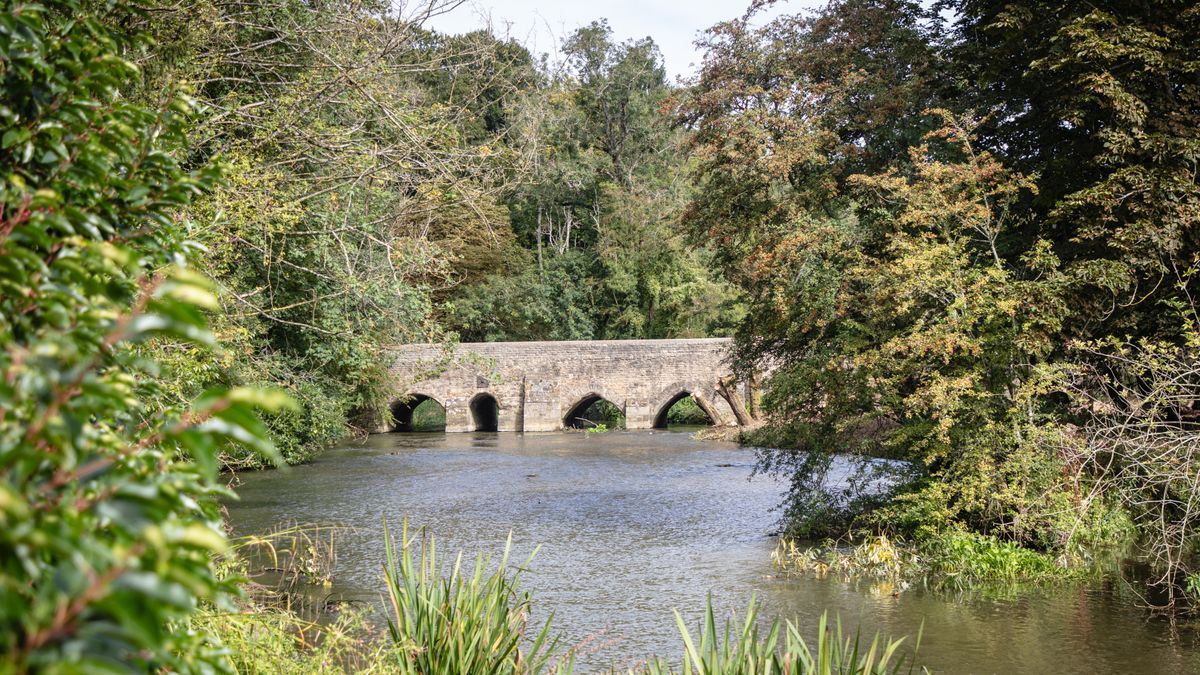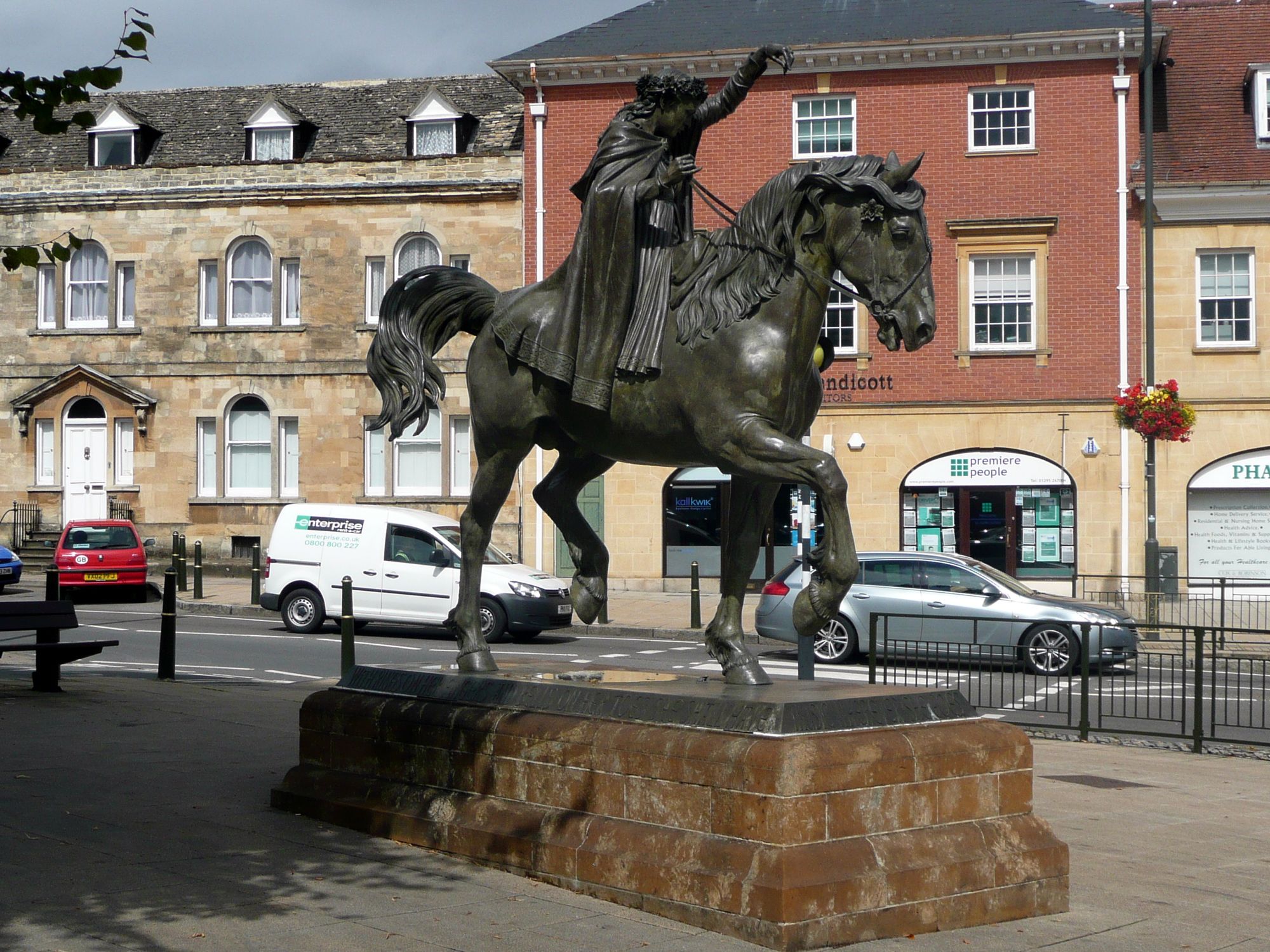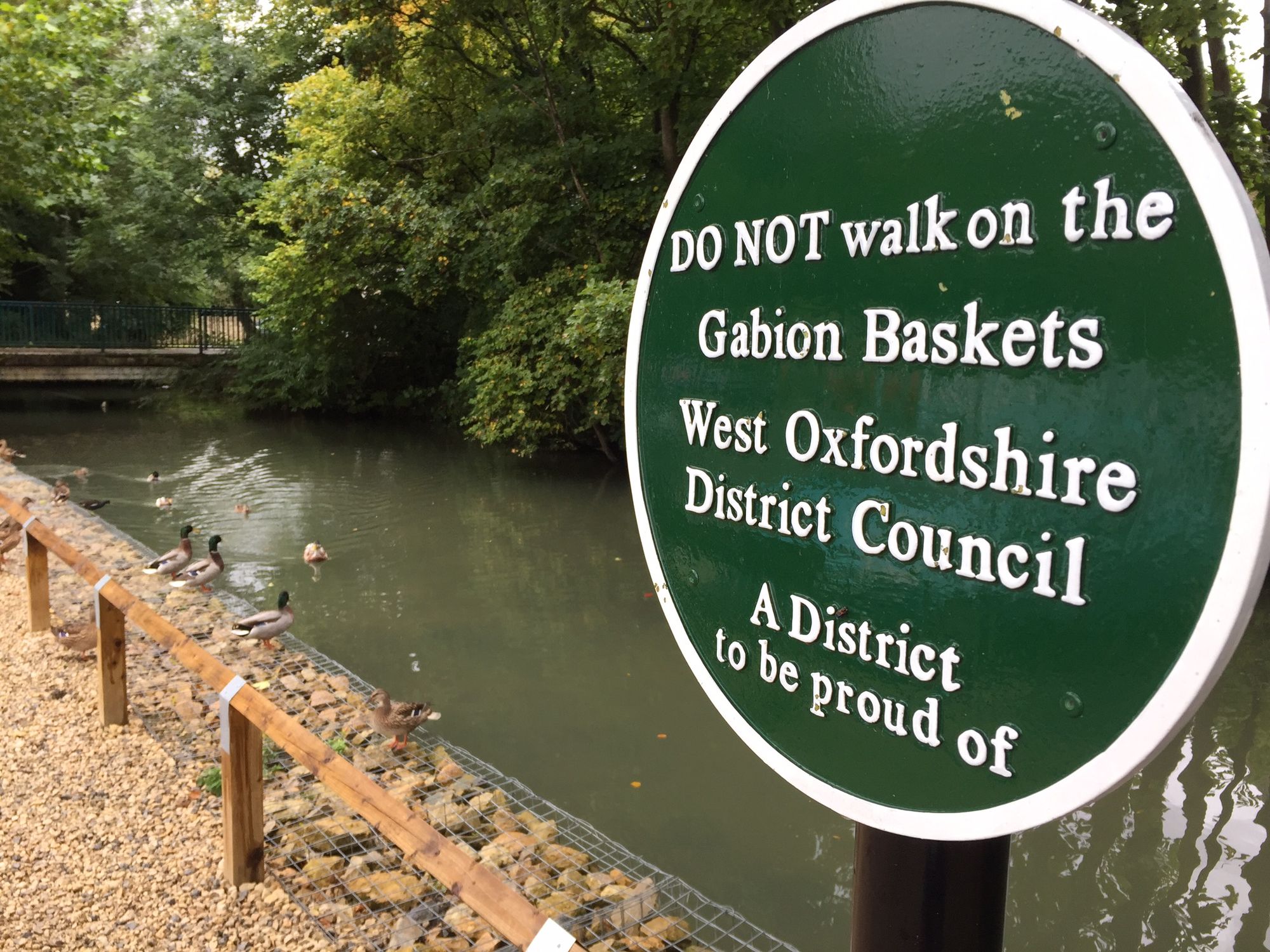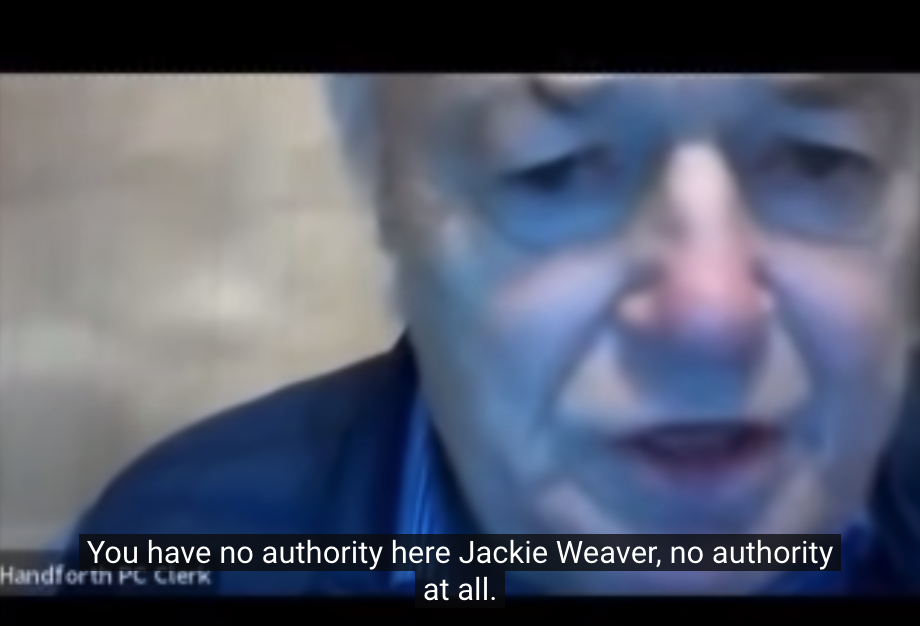Shenanigans guaranteed: previewing Cherwell and West Oxfordshire’s 2024 elections

It’s May and that means election time. There are no county council elections this time (that’s next year), nor in the two southern districts of South Oxfordshire and Vale of White Horse.
But the streets of Oxford, Cropredy, Stanton Harcourt and dozens of villages in between are echoing to the sound of shoe-leather-hitting-tarmac as a seemingly endless stream of leaflets flows through letterboxes. Cherwell and West Oxfordshire district councils both have elections this year, with one third of seats up for grabs. These seats were last fought in 2021 – it would have been 2020 but for the small manner of a pandemic stopping play.
(Our Oxford City Council election preview lands tomorrow.)

District councils look after planning applications, waste/recycling, and leisure inter alia. They do not cover roads, cycle routes or schools; that’s the County Council’s job. You are a conscientious Clarion reader so you already know all this.
Still, that hasn’t stopped wannabe district councillors fulminating about county issues on their leaflets. 20mph limits? (Nope, that’s county.) Special needs education? (That’s county too.) Witney High Street pedestrianisation? (You guessed it.) Botley West Solar Farm? (Believe it or not, that one is a central Government decision.) All of these have featured on district leaflets in the last few weeks.
We would just caution candidates: those who live by the sword will die by it. A Conservative leaflet spotted in both Cherwell and West Oxfordshire pleads imploringly “This is a local election about local issues”, hoping you won’t take out dissatisfaction with the national government. That’s as may be, but if you’re going to fill your leaflets with issues that aren’t District doings (and all the parties are guilty of this), don’t be surprised when your electors cast their vote on non-district issues.
And yes, national sentiment is going to have a big influence on these elections. Still, the smaller wards and hyper-localised politics of districts can lead to surprising results. For example, previous years have seen Green and Liberal Democrat candidates stand aside for each other in many wards, but that practice has largely ended this year. It’s possible that “splitting the vote” could lead to an unexpected win or two for the Conservatives.
Cherwell District Council

Cherwell, the council for Banbury and Bicester, is currently governed by a minority Conservative administration with 20 seats out of 48. Labour are some way back with 12. The LibDems have 10, the Greens 3, and there’s a smattering of independents. The LibDems sit together with the Greens (and one independent) in the “Progressive Oxfordshire” caucus, which means technically they, not Labour, are the opposition group.
Cherwell has long been considered the main redoubt of Conservatism in Oxfordshire, but given the national picture, few seats are safe. Labour are eyeing up the two Banbury seats that the Conservatives hold, while the LibDems are campaigning in the rural areas and Bicester. If Labour and the LibDems each take two seats off the Conservatives, the total would be Con 16, Lab 14, and the Progressive group 16.
Last year we reported on the chaos after no party was able to command a majority on Cherwell, yet Labour's National Executive Committee vetoed a Lab/LD/Green coalition of the sort in power in West Oxfordshire (and, at the time, Oxfordshire County Council too). After a quite remarkable amount of self-righteous bluster on all sides, the impasse was finally resolved by a rereading of the rules by Cherwell officers, and the Conservatives pushed through by virtue of being the largest group. What happens if the situation is repeated… but with no clear biggest group? Shenanigans are practically guaranteed.
Oxford City readers of the Clarion may be forgiven for considering this “a quarrel in a far away district between people of whom we know nothing”. Think again. Conservative-led Cherwell and Labour-led Oxford City have a formal compact whereby Cherwell works with the City on accommodating Oxford’s unmet housing need. The three other rural districts, where the LibDems are in power, are more sceptical of Oxford’s overtures.
So if the LibDems and Greens can form a minority administration in Cherwell, life gets harder for Oxford City. Recent arguments over Oxford United’s proposed stadium (broadly speaking, LibDems neutral, Greens against) show that Kidlington can and will push back against taking more city development. And where are the LibDems and Greens strongest? Kidlington.
(Paradoxically, accommodating Oxford overspill is arguably good for the LibDems. The electoral story of Oxfordshire in recent years is that the rural areas with the strongest connections to Oxford are the ones that have flipped from the Conservatives to the LibDems: Kidlington, Woodstock, Charlbury, Eynsham. Oxford residents don't suddenly start voting Conservative when they move out to a village. But that’s a medium-term change and politicians aren’t always great at looking beyond next Thursday.)
West Oxfordshire

In contrast, West Oxfordshire's situation is less combustible. The LibDems, Labour and Greens jointly run the council in a relatively harmonious coalition.
Again, Oxford’s overspill is a major issue here. West Oxfordshire’s Local Plan, agreed under the previous Conservative council, concentrates almost all development in a handful of “strategic sites” around Witney, Eynsham, Chipping Norton and Carterton. It was always a risky policy, and sure enough, delays at these sites mean that the district can no longer claim its housing targets are on track.
That opens the field up for developers to make speculative planning applications. Such applications can fulfil a real need on underused plots of land, but sometimes skimp on infrastructure or community provision. On such issues do district elections turn.
(Incidentally, the biggest delay is caused by archaeological finds in Chipping Norton; a Roman settlement just over the road from Diddly Squat Farm. Are we alone in seeing the potential for a fabulous Clarkson’s Farm 𝗑 Time Team mashup here?)
Witney is traditionally a Labour/Conservative battleground, but Green-held Witney North is developing into a remarkable five-way scrap featuring incumbent Andrew Prosser; Labour’s deputy mayor and parliamentary candidate, Georgia Meadows; the current Conservative councillor for Chadlington, Dean Temple; a well-known anti-development Reform candidate, Richard Langridge; and a rare LibDem showing, Michelle Coulson.
The LibDems are seeking to build out from their commuter bridgeheads to adjoining wards, with villages like Hanborough and Chadlington coming into play. Whatever your political persuasion, you can’t deny it would be very funny if Jeremy Clarkson had a LibDem councillor.
Why are Liberal Democrats always Stalinist?
— Jeremy Clarkson (@JeremyClarkson) February 8, 2022
Hailey and Minster Lovell is up for grabs after former Conservative councillor Colin Dingwall, the 72-year old inventor of the hoodie (we promise we are not making this up), appeared in court on council tax evasion charges. Several big names are on the ballot paper: County Council leader Liz Leffman is defending her district seat in Charlbury, her Conservative predecessor Ian Hudspeth is seeking to make a return to politics by challenging the LibDems in Woodstock, and Labour’s Duncan Enright is up for re-election in Witney East.
The other elections
Oxfordshire has three tiers of council: county, district/city, and parish/town. All the market towns, and almost all the villages, have a parish or town council. Some parts of Oxford City do, others don’t. It’s complicated. Arguably unnecessarily so.

Parish/town elections run on four-year cycles, like the big councils. A small village council has few formal responsibilities: mow the grass, keep the football pitch in good order, repair the swings, and if the churchyard’s full, bury the villagers (dead ones only). Most such councils are non-political, though that doesn’t necessarily make them harmonious.
A larger town council, like Witney or Abingdon, may have several community buildings to manage as well as extensive leisure pitches. Here, candidates will usually stand with a party affiliation.
Most of all, it’s the job of these councils to act as champions for their communities. All 20 parish elections in West Oxfordshire this year are uncontested: that is, there are fewer (or the same number of) candidates than seats, so no need for an election. We’re not too surprised to see this in Rollright or South Leigh, but it’s an unusual situation for politically aware towns like Woodstock and Charlbury. Speaking of Woodstock, the actual Duke of Marlborough aka Jamie Spencer-Churchill – address: 1 Blenheim Palace, Woodstock – is on the ballot paper. At least, he would be if there were any need to print ballot papers.

Over the border in Cherwell, Banbury Town Council is all up for election, with the town’s Labour/Conservative duopoly duking it out as always. There’s even a parish council election in Oxford – an unusual one for Littlemore Parish Council where the Independent Oxford Alliance, a Littlemore Together group (with names you might recognise from differing parties on Oxford City Council), and unaligned candidates are vying for 13 seats.
Finally, it’s also election time for the Thames Valley Police & Crime Commissioner. Every elector in Oxfordshire has a vote, but we find it hard to see the people of South and Vale turning out in great numbers for this when there’s no local council ballot. There are three party candidates and two independents:
- Matthew Barber (Conservative, incumbent)
- Tim Bearder (Liberal Democrat)
- Russell Fowler (independent)
- Ben Holden-Crowther (‘More Police Officers for Thames Valley’)
- Tim Starkey (Labour)
(Campaign group CoHSAT sent a questionnaire to all five candidates focusing on road safety issues, and you can read their answers here.)
Out for the count

Not for rural Oxfordshire the faded grandeur of Oxford Town Hall. Counting for the two district council elections takes place in the cavernous, and characterless, leisure centres of Witney and Banbury. (Unfortunately the Yellow Submarine cafe doesn’t stay open to drip-feed coffee to political hacks pulling an all-nighter.) Cherwell, in particular, is a more sedate affair than the stress of the City count, with the results usually emerging later on Friday.
Local politics can be unpredictable. Oxfordshire had its own Portillo moment in 2021 when the county council leader, Ian Hudspeth, was unseated. That made the local press, at least. At district level it might merit a few lines. Parish? Almost certainly not. But for many residents, these smaller councils are closer and often more relevant than the behemoth that is Oxfordshire County Council. Sitting in a committee room arguing over planning applications – even Jeremy Clarkson’s – is never going to be glamorous. We salute those who give their time to it.
